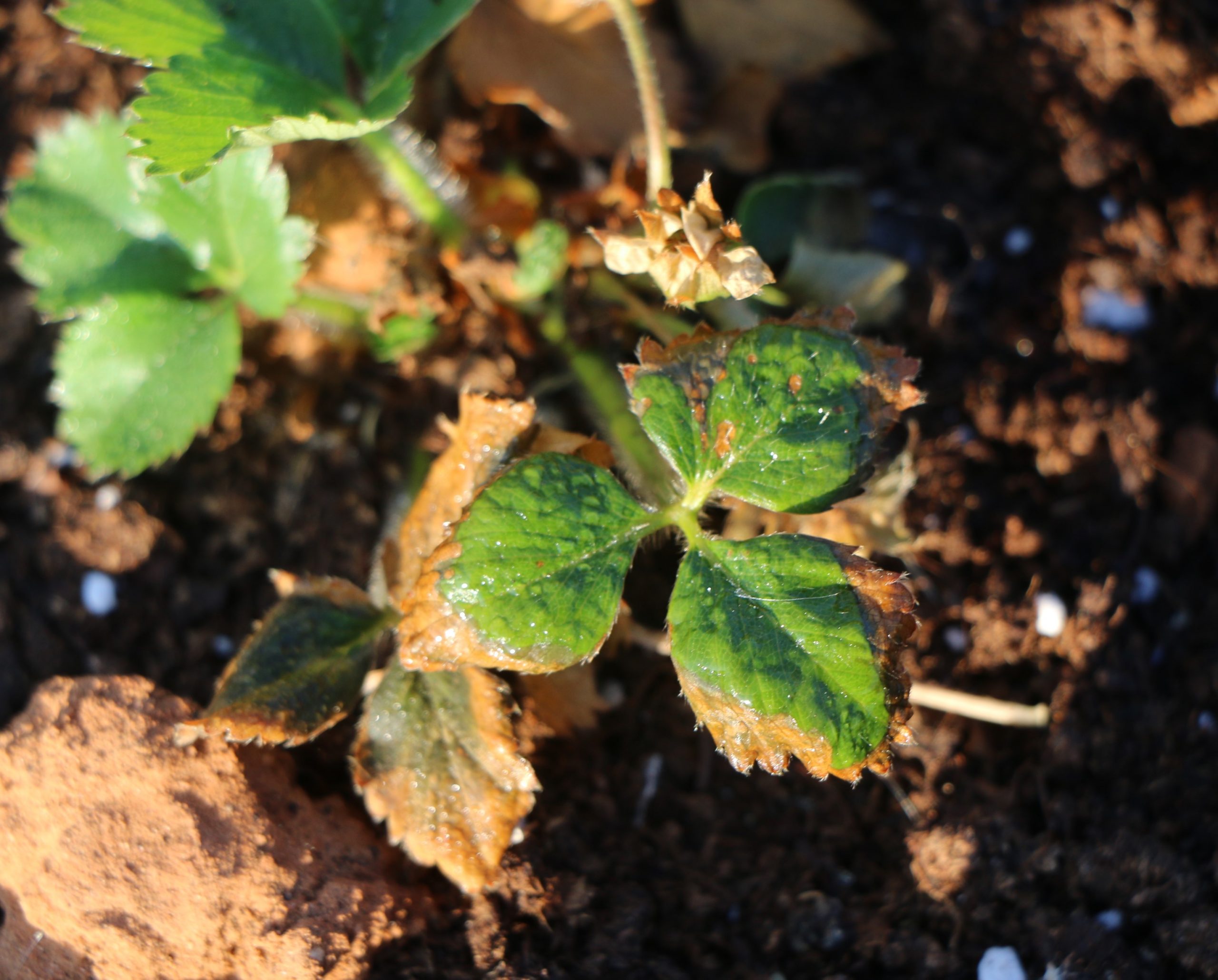Amazing Tips About How To Kill Botrytis

Botrytis blight is a common and serious fungal disease that affects many plants in the garden and greenhouse.
How to kill botrytis. Look for something with copper, sulfur, or neem. This includes flowers, buds, leaves, twigs, and fruit. Botrytis is one of the most economically significant pathogens affecting peony, and can result in crop losses in excess of 20% during wet years.
Do not compost) any diseased parts to prevent further spread. 3 how does botrytis spread? Avoid condensation on flower blooms, primarily in packaging remove any dead or decaying plant material daily, dispose of immediately keep temperature and humidity under control to avoid fluctuations be sure to.
Botrytis spores are good at overwintering in the area. This destructive disease is very prevalent during damp, rainy seasons. Potassium bicarbonate is also effective against botrytis blights.
Symptoms and identification the fungus creates a fuzzy, gray, or brown growth on the leaves, stems, and. Fungicide sprays may also help by protecting plants from infections. Limit watering whenever possible and water at a time of day when the foliage can dry quickly.
Then, newly opened flowers were removed from the plants and placed in humid chambers. Gray mold is a fungus otherwise known as botrytis cinerea that can affect any part of a plant and is one of the most common diseases found among bedding plants. Contents hide 1 what is botrytis?
Plants produce localized lesions when attacked by botrytis molds, which are usually visible to the naked eye. On peonies afflicted with botrytis, the young shoots rot off at ground level when they are 5 to 8 inches tall. Pick up and destroy the debris that falls to the ground under the plant.
Biofungicides are an excellent way to treat botrytis rot because they’re effective and less damaging to the surrounding environment. Gray mold or botrytis blight is caused by the fungus, botrytis paeoniae. Although botrytis can be difficult to control there are things we can do to minimize it:
Botrytis blight is one of those diseases that plays a part in the recycling of natural material, but we don’t want it in our gardens on our flowers and crops, thank you very much. Keep the soil under plants clean and rake up any fallen debris. It is the most common disease of garden peonies.
It affects many plants, especially those grown under glass where conditions are humid. Next season, be sure to rotate your crops. Make sure to disinfect your pruning equipment (one part bleach to 4 parts water) after each cut.
Gray mold, also known as botrytis fruit rot or botrytis flower rot, is one of the most difficult strawberry pathogens to control if the environmental conditions are right for infection. The ground level, and destroy or discard this plant debris. Each year, we include many commercially available products in our studies.













